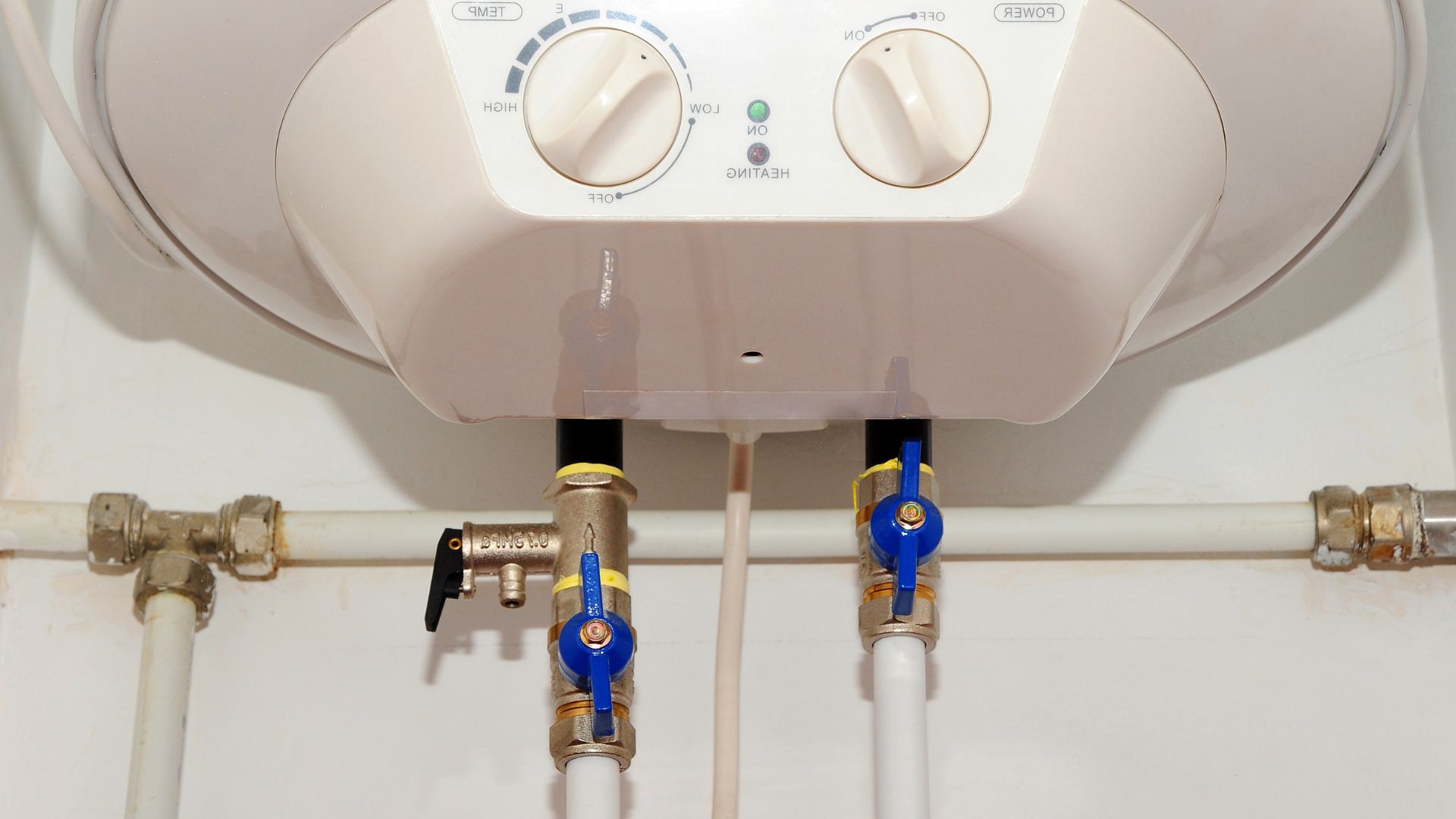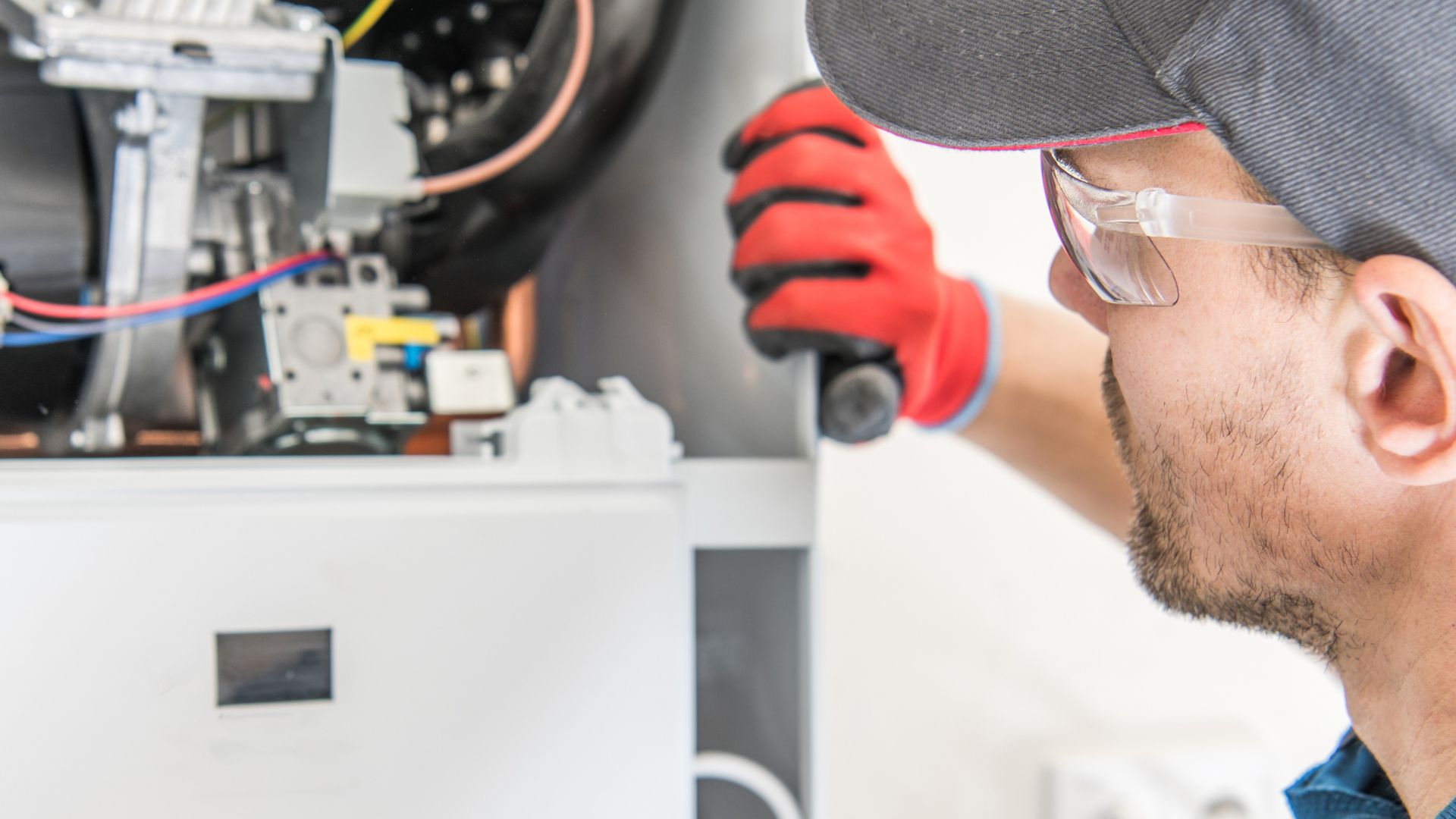According to research from Energy Safe Victoria, faulty electric hot water systems are behind15% of household electrical incidents every year in Australia. This stark statistic underscores why it’s crucial to grasp the safety features of your home’s water heating system.
Australian households depend on electric hot water systems daily, making safety paramount for family well-being. Modern units have evolved significantly, incorporating advanced technology such as sophisticated temperature controls, pressure relief systems, and automated shutdown features.
Safety concerns include scalding risks, electrical hazards, pressure-related issues, and system failures. These potential problems can result in serious injuries, property damage, or complete system breakdown. Understanding these risks empowers homeowners to implement adequate safety measures.
In this guide, we’ll delve into the key safety components, temperature management systems, pressure controls, and emergency features of electric hot water systems. You’ll discover important maintenance routines, learn which testing protocols to follow, and recognise the warning signs that demand immediate action. All this ensures your system stays safe and compliant with Australian standards.
Essential Safety Components in Electric Hot Water Systems

Modern electric hot water systems incorporate three fundamental safety features, each vital to household protection. These components ensure safe operation while meeting strict Australian standards.
Temperature and Pressure Relief Valve (TPR)
The TPR valve is the primary safety mechanism, releasing excess water when temperature or pressure reaches dangerous levels. Australian standards require monthly TPR testing through a simple lever activation. Continuous dripping, valve seizure, or failed water release during checks indicate immediate valve replacement needs.
Thermostat Control Mechanisms
Dual thermostats regulate water temperature through constant monitoring systems. The Australian safety standard mandates storage unit settings at 60°C to eliminate bacteria growth. Temperature adjustments must remain within the 60°C to 75°C range, with professional technicians handling all modifications according to safety protocols.
Circuit Breakers and Electrical Protection
RCD installation is mandatory for all Australian hot water systems. When detecting current variations, the RCD cuts power in 30 milliseconds—the integrated overcurrent protection guards against power surges. Emergency shutdown mechanisms activate automatically during system faults, ensuring complete compliance with AS/NZS 3000 requirements. These electrical safeguards create robust protection for every household.
Temperature Control Safety Measures
Regulating temperature is crucial for hot water safety in Aussie homes. It safeguards families against scalding incidents while making sure there’s always hot water for everyday use.
Australian Standards for Hot Water Temperature
The AS/NZS 3500.4 mandates that delivered hot water temperatures must not exceed 50°C in bathrooms and 45°C in childcare or aged care facilities. Kitchen and laundry outlets maintain higher temperatures at 60°C for sanitation requirements.
Anti-scald Mechanisms
Thermostatic mixing valves automatically blend hot and cold water to maintain safe temperatures. These devices respond instantly to pressure changes, preventing sudden temperature spikes that could cause burns or injury.
Dual Element Temperature Monitoring
Advanced systems use separate elements for more accurate control. The upper element keeps the water sanitising hot, while the lower one ensures the delivery temperature is just right, offering a steady hot water supply from the tank.
Smart Temperature Adjustment Systems
Digital controllers allow programmed temperature settings with built-in safety limits. These systems include override protection and temperature memory functions, preventing accidental adjustments above safety thresholds.
Child Safety Considerations
Tamper-resistant controls and lockable settings keep curious kids safe. Prominent warning labels and colour-coded indicators are among the safety features that show the current temperature levels.
Pressure Management Systems
Managing pressure correctly in electric hot water systems is vital for both safety and longevity. These integrated safety features collaborate to ensure the system operates at optimal pressure levels.
Expansion Control Devices
Water expansion during heating creates significant pressure inside storage tanks. Expansion control valves direct excess water into a dedicated vessel, preventing dangerous pressure build-up. Australian regulations require these devices in all new installations.
Pressure Limiting Valves
These essential components restrict incoming water pressure to safe operating levels, typically 500 kPa. The valves include adjustment mechanisms for precise pressure control according to local water supply conditions.
Vacuum Relief Mechanisms
Vacuum breakers prevent tank collapse during pressure drops. These mechanisms allow air to enter the system when water pressure falls below atmospheric levels, protecting tank integrity and internal components.
Warning Signs of Pressure Issues
If you hear strange noises, notice leaking valves, or experience fluctuating water flow, these might signal pressure issues. Other signs include frequent pressure relief valve activation or visible deformation of the tank.
Emergency Pressure Release Features
Multiple pressure relief points activate automatically at predetermined thresholds. The system incorporates fail-safe mechanisms, ensuring immediate pressure reduction through designated outlets during emergent situations.
Installation Safety Requirements
Safe installation of electric hot water systems demands strict adherence to Australian regulations and professional expertise. These requirements ensure reliable operation and household safety.
AS/NZS 3500.4 governs hot water system installations, specifying mandatory safety features and installation methods. The standards outline specific requirements for system positioning, plumbing connections, and safety device placement.
Licensed plumbers must hold current certifications for hot water system installations. These qualifications ensure a comprehensive understanding of safety protocols and installation requirements specific to electric units.
Hot water systems require stable, level surfaces with adequate structural support. Installation locations must allow easy access for maintenance while protecting the unit from external damage or weather exposure.
There must be sufficient airflow around all sides of the units. The installation space must also include proper ventilation to prevent heat build-up and maintain system efficiency.
AS/NZS 3000 regulations mandate dedicated circuits with appropriate circuit breakers. Professional electricians must install weatherproof power points and ensure correct IP ratings for outdoor installations.
Clear spaces around units allow emergency access and maintenance. According to Australian regulations, specific clearances apply to combustible surfaces, doors, windows, and other utilities.
Maintenance and Testing Protocols

Regular maintenance and testing of electric hot water systems proves essential for long-term safety and performance. These protocols help identify potential issues before they become serious problems.
Monthly visual inspections of valves, connections, and surroundings detect early warning signs. Quarterly checks include temperature readings and pressure measurements, ensuring system operation within safe parameters.
Homeowners should examine visible pipes for leaks or corrosion. Simple tests include checking water clarity, monitoring unusual sounds, and inspecting the surrounding area for moisture.
Licensed technicians must conduct annual comprehensive inspections. These services include element testing, thermostat calibration, and safety device verification according to manufacturer specifications.
TPR valve testing requires gentle lever lifting until water flows freely. Pressure relief valve checks ensure proper activation at specified thresholds. All tests need to be completed during cooler morning hours.
Maintenance logs record all inspections, repairs, and component replacements. These records prove essential for warranty claims and compliance with insurance requirements.
Discoloured water, unusual noises, or inconsistent temperatures indicate potential faults. Additional alerts include visible leaks, pressure fluctuations, or delayed heating response.
Emergency Response Features
Electric hot water systems incorporate critical emergency features to prevent catastrophic failures and protect household occupants.
Automatic Shutdown Systems
Smart sensors trigger immediate power disconnection during abnormal operating conditions. These mechanisms respond to excessive temperatures, pressure spikes, or electrical faults.
Leak Detection Mechanisms
Advanced moisture sensors instantly identify water leaks. The system alerts homeowners through audible alarms or smartphone notifications when water escapes containment.
Emergency Isolation Valves
Accessible shutdown valves enable quick water supply cut-off during emergencies. Clear labelling ensures rapid identification during critical situations.
Safety Switch Locations
Dedicated electrical isolation switches must be placed within sight of the unit. These switches allow immediate power disconnection during emergencies.
Response Procedures
Emergency protocols include immediate power disconnection, water isolation, and contact with professional assistance. Quick response times prevent extensive damage and ensure occupant safety.
Keeping Your Family Protected
Your family’s safety depends on proactive hot water system maintenance and professional care. Fixed Today delivers expert electric hot water services, ensuring your system operates at peak safety levels. Our certified technicians provide thorough inspections, maintenance, and emergency repairs across Australia.
Fixed Today’s 24/7 emergency response team stands ready to address urgent hot water issues, protecting your family from potential hazards. Our professional installation services guarantee compliance with all Australian safety standards.
Contact Fixed Today at 1800 349 338 for immediate assistance. Our dedicated team provides round-the-clock support, expert maintenance, and professional installation services to keep your family safe and comfortable.
Trust Fixed Today - your local hot water safety specialists.














